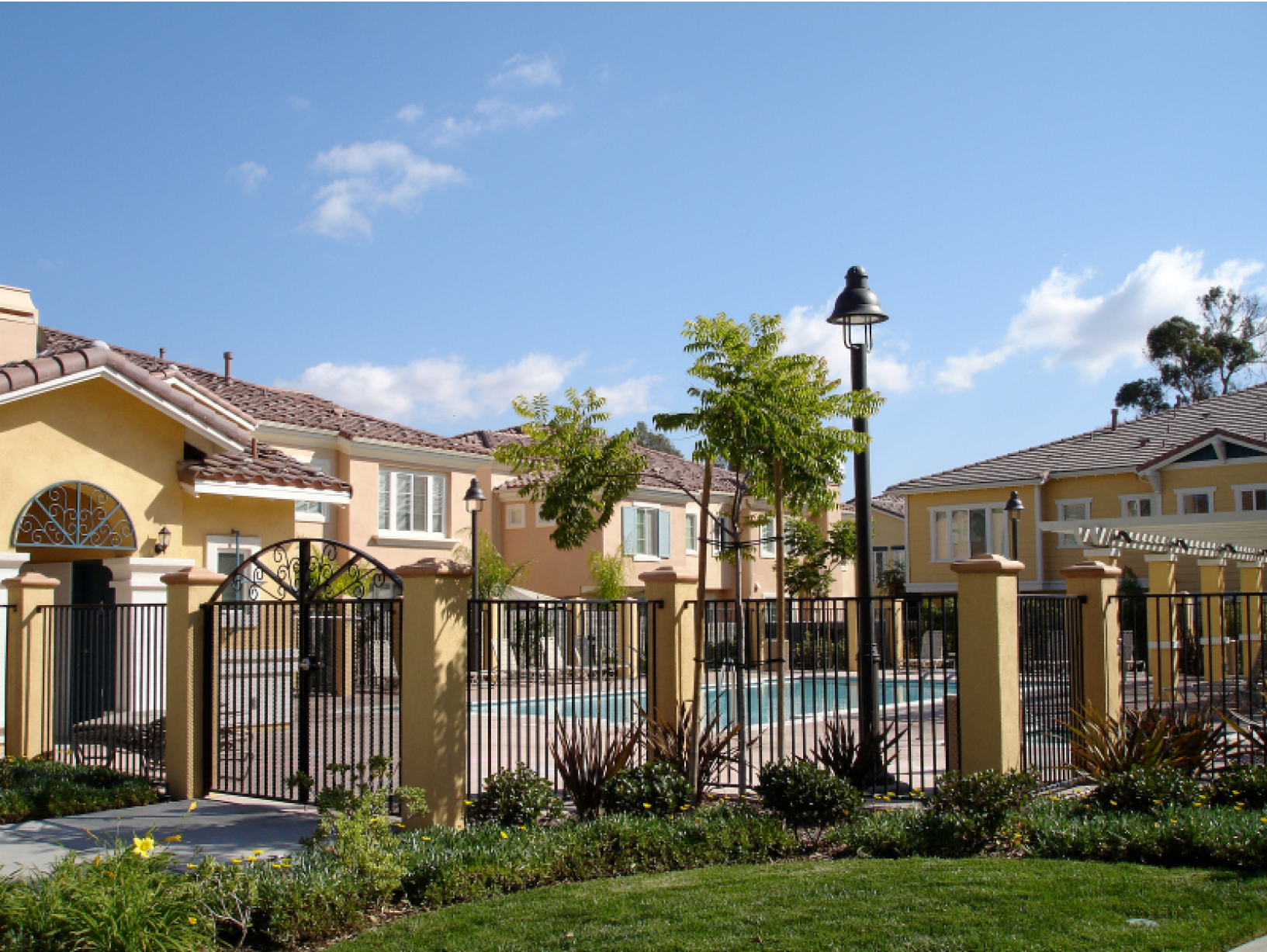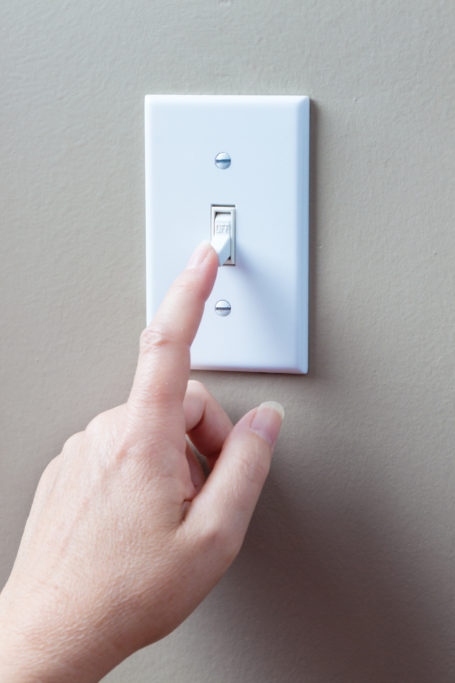Differences between Condos and Townhomes to Consider
Condos and townhomes—you’ve seen them both, but you might not know the difference when it comes to buying or renting one. Make sure you read this guide to better understand these differences before jumping into a transaction.

The physical
For starters, even though you might be able to find a condo and a townhome that are similar in square footage, they can be structured completely different. Condos are typically units within a larger structure (think more like a hotel, with multiple units on each floor). Townhomes are more traditionally connecting structures or clusters of individual apartments—sometimes with multiple levels.

Who pays for what?
The appeal of renting or buying a condo or townhome often comes with less responsibility in upkeep. In many cases, general maintenance is handled by management or the property group. However, with a condo, you are technically only in ownership of the interior and may not be permitted to keep personal items outside of your unit. With a townhome, however, you most likely own any patio or deck space that comes with your unit, as well as the land surrounding it.

Privacy
Generally speaking, a townhome will have more privacy than a condo in that it is a standalone structure, not a series of units within a larger structure. You will likely share a wall with other units, though, which could result in a similar experience to a condo with occasional noise from neighbors. Because a condo has multiple units in close proximity, you may find the environment less private and will have more neighbors surrounding you.
Additional fees
In some cases, townhome owners may be required to contribute to a Home Owners Association (HOA), which could include a monthly or annual fee. There may also be more fees required for maintenance problems that aren’t covered by the property group in your agreement. With a condo, maintenance fees are often included in higher monthly rates to accommodate for problems that are covered by management.


















